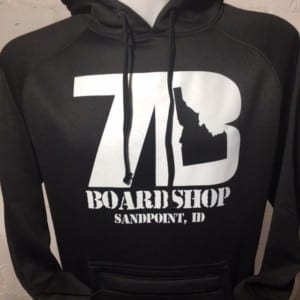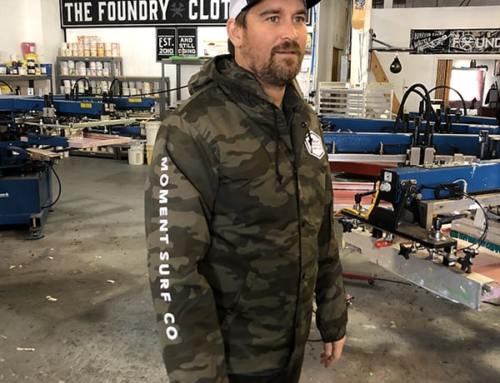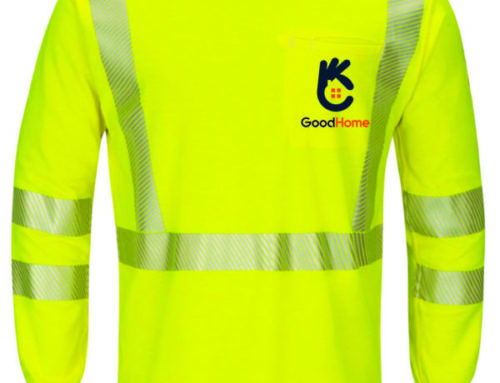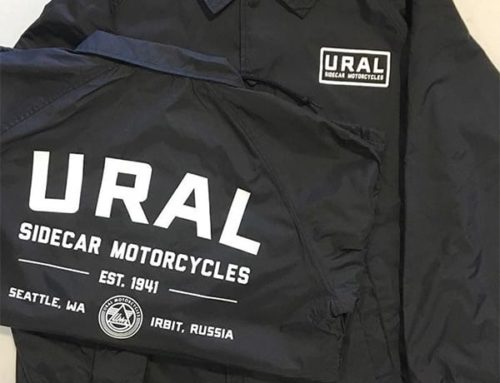We often get customer requests to print performance garments like the one shown below. Today almost every major garment label has some version of performance wear in their line. Fleece or knit you can basically find these polyester rich fabrics available in every garment category. You’ll find that the information in this article also pertains to blended fabrics such as 50/50s and triblends where the same principals apply as they also contain poly fiber.

Sometimes referred to as technical fabrics; performance fabrics are generally synthetic rich and get the name “performance” for their quick drying and moisture wicking properties. These attributes are great for the athlete but not for screen printing. Fabrics that don’t absorb liquids also do not absorb inks; so any form of water-base inks are generally out of the picture. That’s not to mention that water-base and discharge print systems are a dye process and plastics (i.e. synthetic fibers in performance garments) do not take kindly to dyeing or bleaching.
Now plastisol screen printing on the other hand should work fine because it fuses to the fabric as an elastic film to create your image as opposed to dying the fabric with a water-base ink. Problem solved right?… Wrong! To cure plastisol ink you need to heat it up to around 300° F; this causes the dye in the garment to sublimate (turn to gas) and migrate into your ink. This is known as dye migration and the darker the garment color the more likely it is to occur.

Fortunately, there are solutions to this problem. The most common is using a specially formulated high-opacity, low-bleed ink (shown in the picture above) designed to block the fugitive dye molecules trying to sublimate into the print ink. Another is printing a silhouette (or base) under your print area to act as a barrier between your top print colors and the garment dye. Lastly, preheating the garment either in the conveyor dryer or under a flash can pre-sublimate loose dye in the garment and better heat set what stays behind. Another note here is that higher quality garments typically have higher quality dyes formulated to cut down on sublimation, we have seen the difference here first hand.
Armed with knowledge you can produce high quality prints on all types of substrates and a good screen printer knows to never let their guard down. Thanks for reading.






